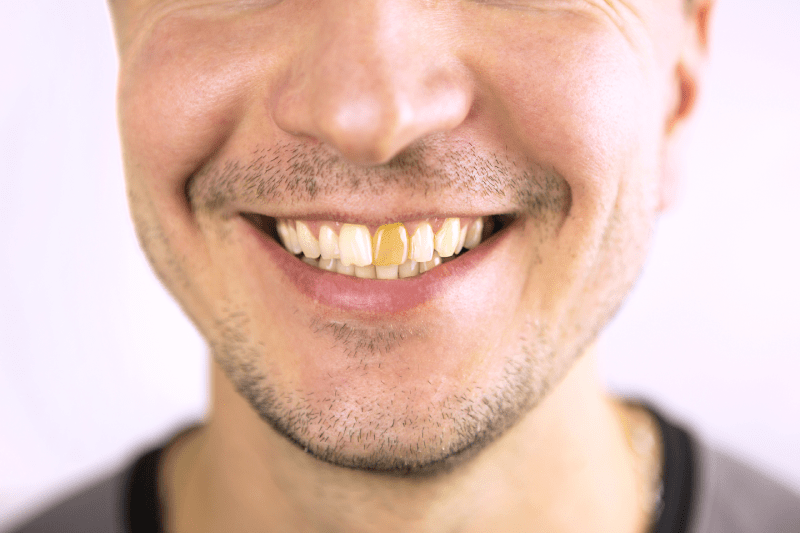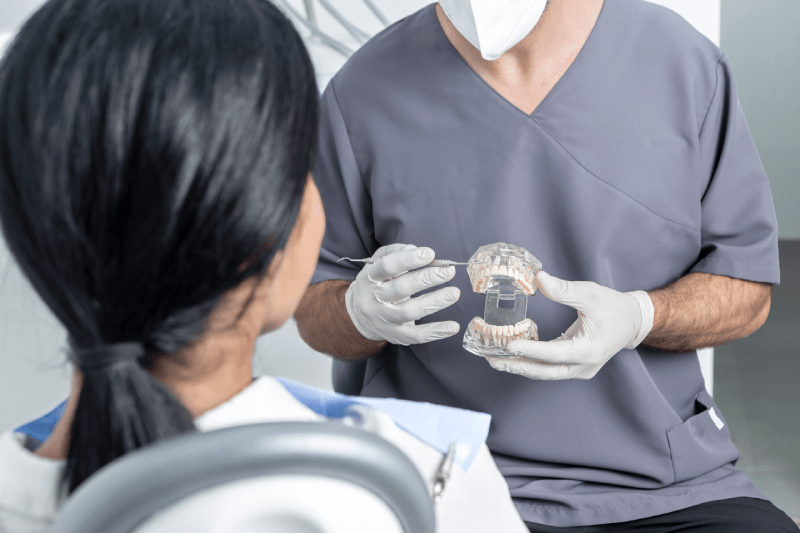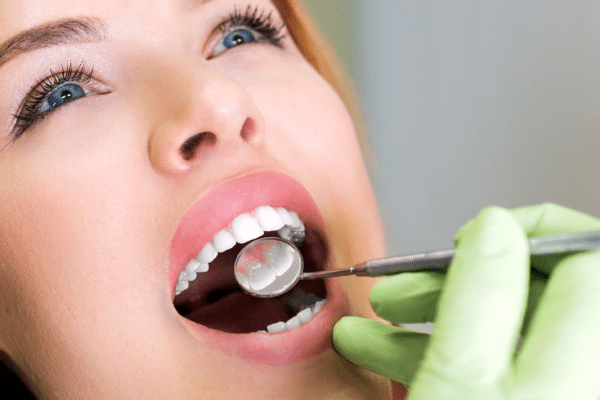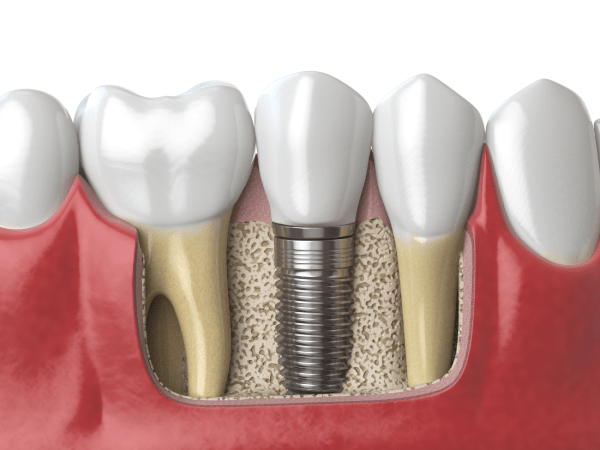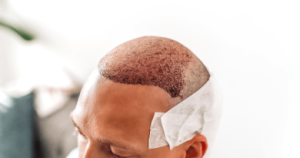Crowns in Kusadasi: Types, Who Needs It, Benefits, Cost, Procedure, And More
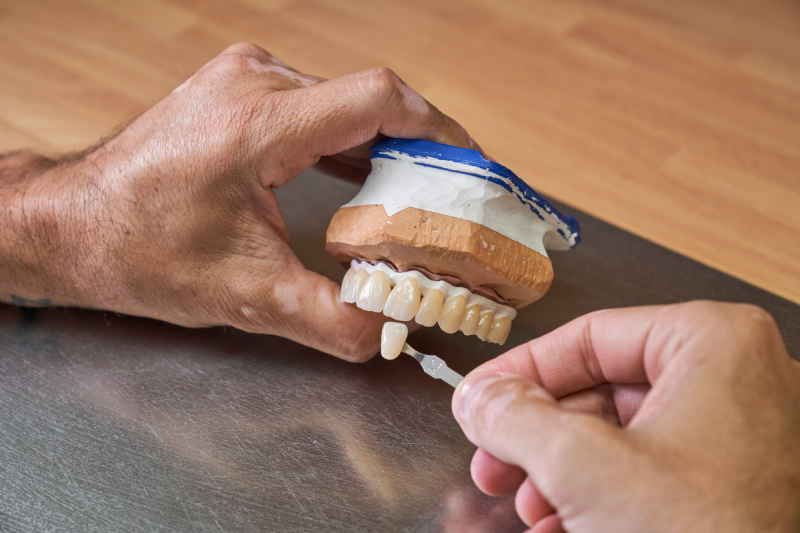
When it comes to restoring damaged or discolored teeth, dental crowns play a crucial role. Crowns are dental restorations that provide strength, protection, and aesthetic appeal to compromised teeth. This article will explore the various types of crowns available, who may benefit from them, the advantages they offer, the cost involved, the procedure for crown placement, and other essential details.
What are Crowns?
Crowns, also known as dental caps, are prosthetic coverings that encase and protect damaged teeth. These tooth-shaped caps are custom-made to match the color, shape, and size of the patient’s natural teeth. By fully encapsulating the visible portion of the tooth, crowns restore its function, strength, and appearance.
Types of Crowns in Kusadasi
There are different types of crowns available, each with its unique properties and suitability for specific cases. The most commonly used types include:
Ceramic Crowns
Ceramic crowns are an excellent choice for those seeking natural-looking restorations. They are made from porcelain-based materials that closely resemble the color and translucency of natural teeth. Ceramic crowns are highly aesthetic and suitable for front and back teeth.
Porcelain-Fused-to-Metal (PFM) Crowns
PFM crowns combine the strength of a metal substructure with the natural appearance of porcelain. The metal substructure provides durability and stability, while the porcelain overlay gives a realistic tooth-like appearance. PFM crowns are often recommended for teeth that require additional strength and stability.
Gold Crowns
Gold crowns have been used in dentistry for many years due to their exceptional strength and durability. These crowns are made of gold alloy, which can withstand biting and chewing forces well. While gold crowns are not as popular for visible front teeth due to their metallic appearance, they are commonly used for molars and premolars.
Zirconia Crowns
Zirconia crowns are a modern alternative known for their strength and aesthetic appeal. They are made from a durable and biocompatible material called zirconium dioxide. Zirconia crowns offer excellent longevity and are highly resistant to chipping or cracking, making them a popular choice for both front and back teeth restorations.
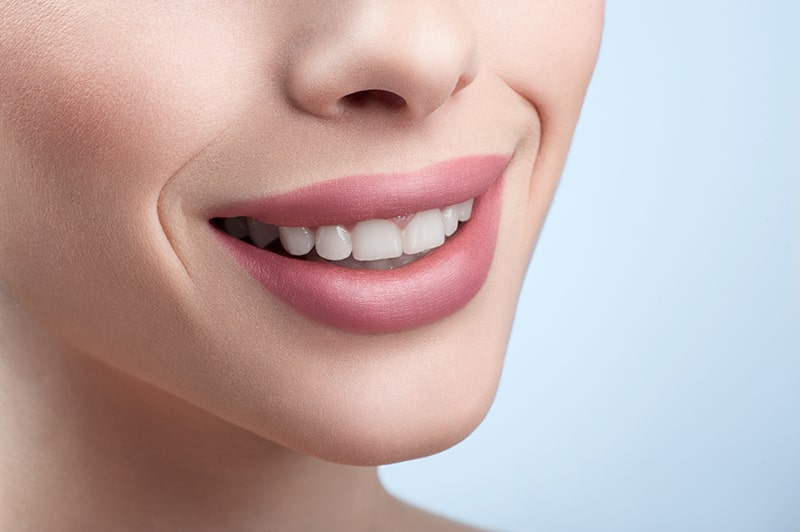
Who Needs Crowns?
Crowns are recommended for various dental situations where teeth require restoration, protection, or enhancement. The following are common reasons why individuals may need dental crowns:
- Dental Decay
When tooth decay reaches an advanced stage and compromises a significant portion of the tooth structure, a crown may be necessary to restore its function and prevent further damage.
- Tooth Fractures
Teeth that are fractured or cracked due to trauma, accidents, or biting on hard objects can benefit from crowns. The crown provides stability and protection, preventing further damage and preserving the tooth’s integrity.
- Cosmetic Reasons
Crowns are also used for cosmetic purposes, such as improving the appearance of misshapen, discolored, or severely stained teeth. By placing a crown, the tooth can be transformed to match the surrounding teeth, enhancing overall aesthetics.
- Root Canal Therapy
After undergoing root canal treatment, where the tooth pulp is removed, the tooth structure becomes more brittle. Placing a crown on the treated tooth provides strength and protection, preventing potential fractures.
- Dental Implants
Dental implants, which are artificial tooth roots, require a crown to be placed on top to replace the missing tooth. The crown acts as the visible part of the restoration, providing a natural-looking tooth replacement.
Dental Crown Advantages: How They Can Benefit Your Oral Health
Dental crowns, also known as caps, are versatile dental restorations that offer numerous advantages for your oral health. These custom-made tooth coverings are placed over damaged or compromised teeth, providing strength, protection, and aesthetic improvement. In this article, we will explore the various advantages of dental crowns and how they can benefit your overall oral health.
- Restoring Tooth Function
One of the significant advantages of dental crowns is their ability to restore the function of damaged teeth. Whether you have a severely decayed tooth or a fractured tooth due to trauma, a dental crown can strengthen the tooth structure and allow you to bite and chew with confidence. By providing a protective covering, crowns prevent further damage and maintain the functionality of the affected tooth.
- Enhancing Aesthetics
Beyond their functional benefits, dental crowns also offer aesthetic improvements. Crowns are custom-made to match the color, shape, and size of your natural teeth, ensuring a seamless and natural appearance. Whether you have a discolored tooth, a misshapen tooth, or gaps between your teeth, crowns can provide a beautiful and harmonious smile. The aesthetic enhancement provided by dental crowns can significantly boost your confidence and improve your overall self-esteem.
- Strengthening Damaged Teeth
When a tooth is weakened or structurally compromised, it becomes susceptible to further damage. Dental crowns act as protective caps, covering the entire visible portion of the tooth and providing reinforcement. By encasing the tooth, crowns protect it from fractures, chips, and wear. This increased strength allows you to enjoy your favorite foods without worrying about damaging the restored tooth.
- Longevity and Durability
Dental crowns are designed to be durable and long-lasting. They are fabricated using strong materials such as ceramic, porcelain-fused-to-metal, or zirconia. These materials are known for their resilience and ability to withstand the forces of biting and chewing. With proper care and regular dental check-ups, a well-maintained dental crown can last for many years, providing a reliable and durable restoration for your tooth.
- Natural-Looking Results
Advancements in dental technology have made it possible to create dental crowns that closely mimic the appearance of natural teeth. The materials used in crown fabrication, such as ceramic or porcelain, offer excellent color matching and translucency. This allows the crown to blend seamlessly with your natural teeth, creating a smile that looks and feels natural. The result is a restored tooth that is indistinguishable from the surrounding natural teeth, giving you a beautiful and natural-looking smile.
- Protection After Procedures
Dental crowns also play a crucial role in protecting teeth after certain dental procedures. For example, a tooth that has undergone root canal therapy becomes more brittle and vulnerable to fractures. Placing a crown over the treated tooth provides added protection and prevents potential damage. Similarly, dental crowns are used to cover dental implants, providing a natural-looking tooth replacement and protecting the implant underneath.
The Crown Placement Procedure in Kusadasi
The process of getting a crown usually involves several steps and may span over multiple dental visits. The following is a general overview of the crown placement procedure:
- Consultation and Examination
During the initial consultation, the dentist will evaluate the patient’s oral health, discuss their concerns, and determine if a crown is the appropriate treatment. X-rays or digital scans may be taken to assess the tooth’s condition and plan for the crown placement.
- Tooth Preparation
Before the crown can be placed, the tooth needs to be prepared. This involves removing a small amount of the tooth’s outer layer to make room for the crown. The dentist will numb the area with local anesthesia to ensure a comfortable experience.
- Impression Taking
Once the tooth is prepared, the dentist will take an impression of the tooth and the surrounding teeth. This impression serves as a mold, which is sent to the dental laboratory where the custom crown will be fabricated. In some cases, digital scans of the teeth may be used instead of traditional impressions.
- Temporary Crown Placement
While the permanent crown is being created, a temporary crown is placed over the prepared tooth. This temporary crown protects the tooth and maintains its appearance and functionality until the final crown is ready.
- Crown Fabrication
At the dental laboratory, skilled technicians use the impression or digital scan to create a custom crown that matches the patient’s natural teeth. The crown is carefully designed and fabricated to ensure a precise fit and aesthetic appeal.
- Final Crown Placement
Once the permanent crown is ready, the patient returns for the final appointment. The temporary crown is removed, and the dentist ensures the fit, color, and shape of the new crown. If everything meets the desired criteria, the crown is permanently cemented into place, providing a long-term restoration for the tooth.
Dental Crown Post Care
To ensure the longevity and success of the crown, proper aftercare and maintenance are essential. The following guidelines are typically recommended:
Oral Hygiene Practices
Maintain good oral hygiene by brushing twice a day with a soft-bristle toothbrush and using fluoride toothpaste. Floss daily to remove plaque and food particles from between the teeth and around the crown.
Regular Dental Check-ups
Visit your dentist regularly for check-ups and professional cleanings. This allows the dentist to monitor the condition of the crown, assess oral health, and address any potential issues promptly.
Avoiding Hard and Sticky Foods
To protect the crown from damage or dislodgement, avoid biting or chewing on hard objects such as ice or pens. Additionally, minimize the consumption of sticky foods that can potentially pull the crown off the tooth.
Addressing Discomfort or Issues
If you experience any discomfort, sensitivity, or if the crown feels loose or damaged, contact your dentist immediately. Prompt attention can help prevent further complications and ensure the longevity of the crown.
Factors Affecting the Cost of Crowns
The cost of dental crowns can vary depending on several factors. Some of the key factors that can influence the cost include:
Material Choice
The type of material chosen for the crown can impact the overall cost. Different materials have varying costs and aesthetic qualities.
Geographic Location
The cost of dental treatments can vary based on the location and the local market rates. Areas with a higher cost of living or higher demand for dental services may have higher prices for crowns.
Complexity of the Case
The complexity of the dental case and the amount of tooth preparation required can affect the cost. More extensive preparations or additional procedures, such as root canal therapy, may increase the overall cost.
Dental Insurance Coverage
Dental insurance coverage can help reduce the out-of-pocket expenses for crowns. The extent of coverage provided by the insurance plan can vary, so it’s essential to check with the insurance provider for specific details.
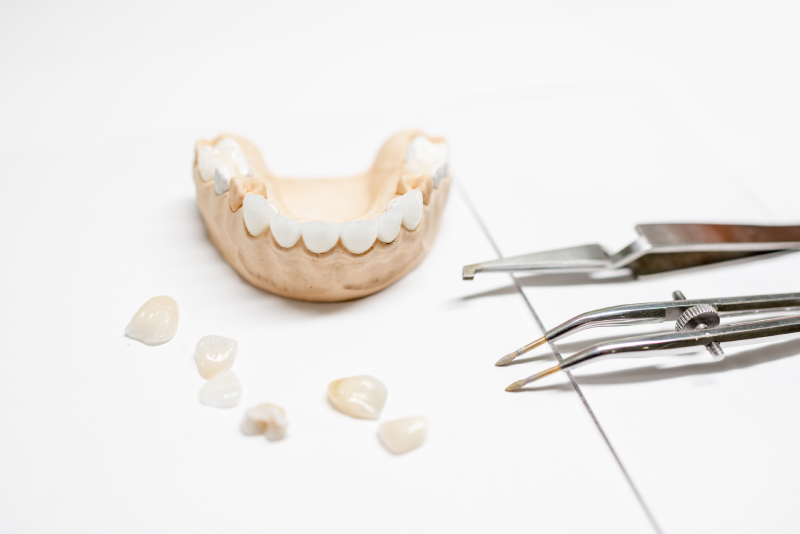
FAQs
Are crowns painful?
The crown placement procedure is typically performed under local anesthesia, ensuring a comfortable experience. Some patients may experience mild sensitivity or discomfort after the procedure, but it is usually temporary and can be managed with over-the-counter pain medications.
How long does a crown last?
The lifespan of a crown depends on various factors, including oral hygiene practices, regular dental care, and the material used. On average, a well-maintained crown can last anywhere from 10 to 15 years or even longer.
Can I eat normally with a crown?
Yes, once the crown is securely placed, you can resume eating normally. Crowns are designed to withstand normal biting and chewing forces. However, it is advisable to avoid biting on hard objects or extremely sticky foods, as they may potentially damage the crown.
Is the crown placement procedure time-consuming?
The crown placement procedure typically requires two dental visits. The first visit involves tooth preparation and taking impressions, while the second visit is for the final crown placement. The duration of each visit can vary depending on the complexity of the case, but it is generally a relatively straightforward and efficient process.
Will my crown look natural?
Yes, modern dental materials and techniques allow for highly aesthetic and natural-looking crowns. The color, shape, and size of the crown can be customized to match your natural teeth, ensuring a seamless blend with your smile.
